Drastically lowered solar costs will be a new priority under the Australian government’s plan to reach net zero emissions by 2050.
The federal government has underpinned Australia’s path to net zero via its Technology Investment Roadmap, which will now feature low cost solar amongst carbon capture and storage (CCS), soil carbon, hydrogen, energy storage, and low emissions steel and aluminium.
This comes as Prime Minister Scott Morrison engages in dialogue with world leaders at the 26th United Nations climate summit, COP26.
Energy and Emissions Minister Angus Taylor said the aim was to lower the cost of solar to $15 per megawatt-hour, around a third of its current price, by 2035.
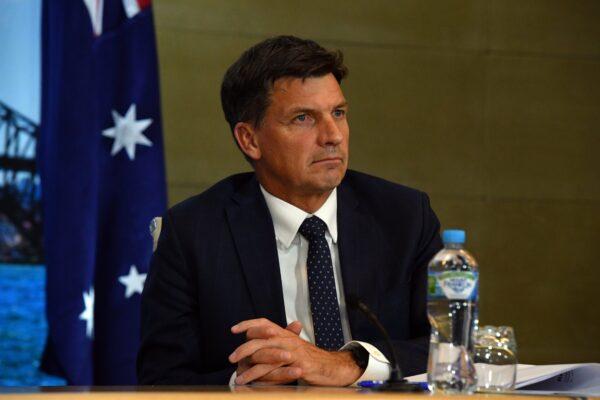
The cost of solar has seen consistent drops of around 12 percent per year since the 1970s.
However, Taylor outlined that reducing the cost was a stepping stone in achieving another critical objective in Australia’s plan to reach net zero emissions—lowering the cost of “green” hydrogen.
Green hydrogen, unlike conventionally produced hydrogen, can be generated solely by using renewable energy through a process known as “electrolysis,” which involves passing an electrical current through water.
Taylor said that by creating low-cost solar, it would help bring down the cost of green hydrogen to $2 per tonne, becoming competitive with the price of hydrogen generated through fossil fuels.
The Australian government also plans on investing at least $20 billion into new and emerging technology over the next decade to bring down emissions, as part of a “technology, not taxes” approach to reaching climate goals.
In his COP26 address, Morrison emphasised that cleaner technology solutions could be used globally by other countries, which would have a greater impact on emissions.
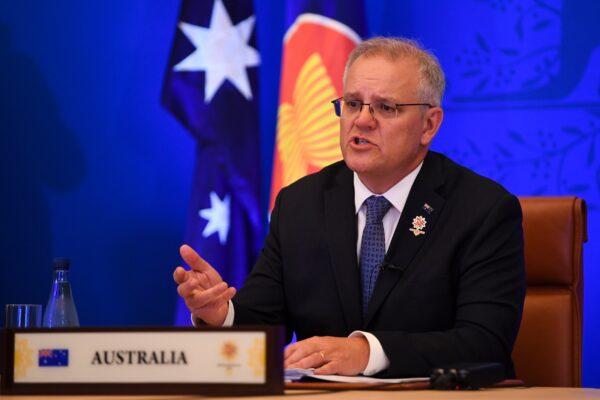
Nevertheless, Australia’s COP26 climate commitments have been scrutinised by environmental groups.
In particular, organisations such as the climate change communications group, the Climate Council, said Morrison’s plan was hollow and “without modelling, new funding or any new policy.”
The Climate Council has recommended Australia reduce emissions by 75 percent (below 2005 levels by 2030)—instead of the current reduction of 26-28 percent outlined by the Paris Agreement—and to achieve net zero by 2035.
“To achieve net zero and help avoid catastrophic climate change, the federal government must take rapid and concrete steps to cut emissions deeply this decade, starting with an end to all new coal or gas projects.”
Around two-thirds of Australia’s 21 coal-fired power stations will retire by 2040.
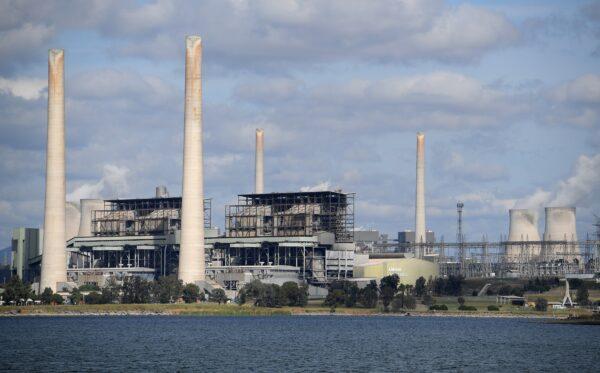
However, the Australian government plans on keeping gas power and has already commissioned new gas power generation.
“You need to think about the transition fuels. As Europe is showing today, the key transition fuel is gas,” Broad said.
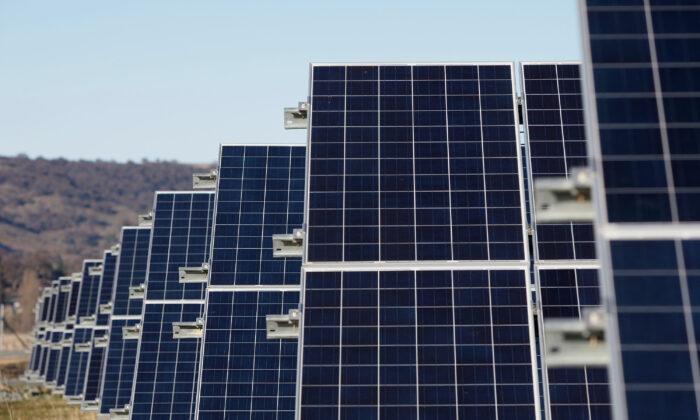



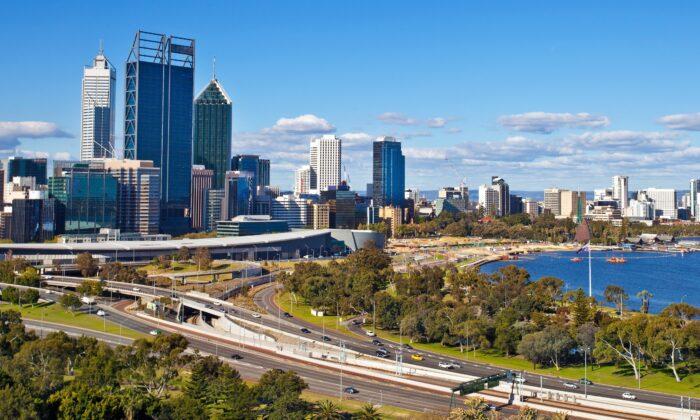

Friends Read Free